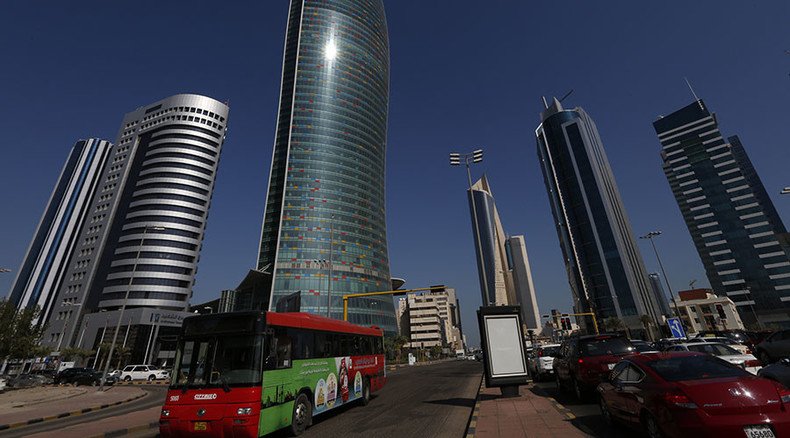Persian Gulf may soon be too hot for human life, climate simulation shows

Now a notoriously oil-rich region, the Persian Gulf might become uninhabitable by the next century under the current global warming trends. It is thought that they will create humid heat conditions at a level incompatible with human existence, a new study reveals.
According to research published in the journal Nature Climate Change, the heat generated by greenhouse gas emissions would create conditions in the Gulf where a healthy person would not be unable to maintain a normal body temperature.
“Our results expose a specific regional hot spot where climate change, in the absence of significant [carbon cuts], is likely to severely impact human habitability in the future,” said Jeremy Pal and Elfatih Eltahir of the Massachusetts Institute of Technology.
Persian Gulf to be too hot for the human (and other) bodies with global warming: https://t.co/TsZvufYhSU#climatepic.twitter.com/mIKC2WomBx
— Peter Hannam (@p_hannam) October 26, 2015The scientists used climate computer models to come up with the extreme future weather scenarios, which based on current global warming trends, predict summer temperatures of up to 60 degrees Celsius (140 degrees Fahrenheit) in Kuwait City.
Such temperatures, researchers warn could “become hazardous to human health," especially for the elderly, as the human body would be incapable of maintaining body temperature.
Research explains that human body could adapt to extreme “dry-bulb” heat through sweating but would struggle if the “wet-bulb” temperature, a combination of heat and humidity, breaches the threshold of +35 degrees Celsius.
Once high heat and humidity reaches a certain level, “the body is no longer able to cool itself and begins to overheat,” Pal told journalists. Out in the open and without air conditioning, a person could only stay out in the sun for six hours, at most, before their body began shut down.
READ MORE: Burning all fossil fuels would melt all of Antarctica – study
Researchers believe that the Gulf’s geographical position will result in such unlivable moist-but-hot conditions. Authors said that under these circumstances, the annual Muslim pilgrimage to Mecca would become life-threatening and almost impossible to undertake by the year 2100. Industrial activities such as construction would also become hazardous to humans, the authors said.












